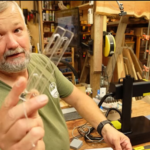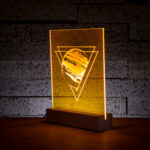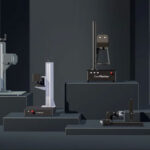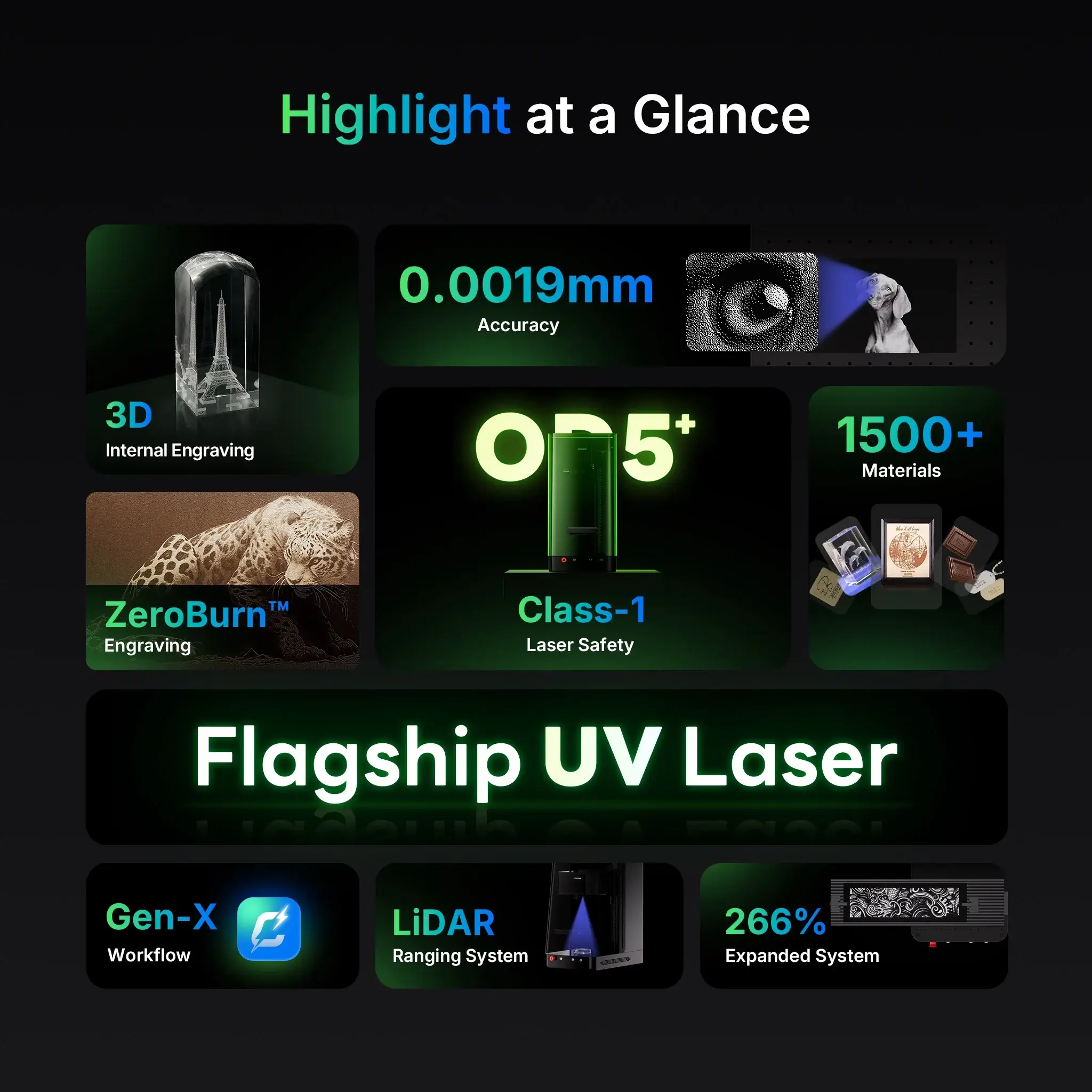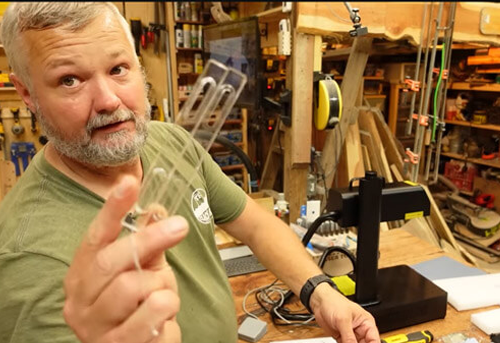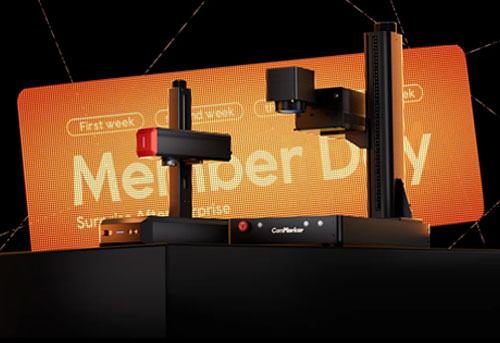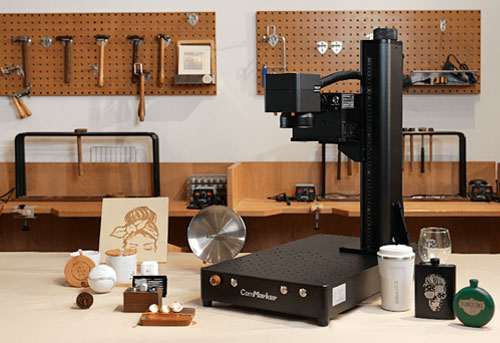Choosing the right laser technology can feel overwhelming—especially when UV, fiber, and CO₂ lasers all seem powerful but serve very different needs. Whether you’re starting your first engraving business or upgrading your fabrication workshop, selecting the right type of laser can mean the difference between smooth growth and frustrating limitations.
At ComMarker, we offer cutting-edge UV and fiber laser solutions designed for serious creators. In this guide, we’ll break down the differences between UV, fiber, and CO₂ lasers so you can confidently decide which fits your shop best.
1. How Each Laser Type Works
UV Lasers
UV lasers use a short-wavelength ultraviolet beam (typically around 355nm) created by frequency-tripling an infrared laser.
- Key Feature: “Cold marking” process with minimal thermal impact.
- Best For: Sensitive materials like glass, plastic, leather, and thin metals.
Fiber Lasers
Fiber lasers generate light through optical fibers doped with rare-earth elements like ytterbium.
- Key Feature: Extremely high energy density and efficiency.
- Best For: Hard metals (stainless steel, titanium, brass), industrial parts, jewelry, firearms.
CO₂ Lasers
CO₂ lasers use gas discharge through carbon dioxide, nitrogen, and helium to produce a long-wavelength beam (around 10,600nm).
- Key Feature: Excellent absorption in organic materials.
- Best For: Wood, acrylic, glass, leather, paper, and some coated metals.
2. Performance Comparison Table
| Feature | UV Laser | Fiber Laser | CO₂ Laser |
|---|---|---|---|
| Wavelength | 355 nm | 1064 nm | 10,600 nm |
| Marking Style | Ultra-fine, cold marking | Deep engraving, fast marking | Cutting and engraving |
| Best Materials | Glass, plastics, thin metals | Stainless steel, brass, aluminum | Wood, acrylic, glass |
| Typical Use Cases | Electronics, medical devices | Jewelry, tools, nameplates | Signage, décor, packaging |
| Price Range | $$ | $$$ | $-$$ |
| Maintenance Needs | Low | Low | Medium (optics cleaning) |
| Lifespan | ~20,000–30,000 hours | ~100,000 hours | ~10,000–20,000 hours |
3. Choosing Based on Your Application
If you mainly engrave industrial metals →
👉 Choose Fiber Laser (e.g., ComMarker Titan 1 or ComMarker B6).
- Deep engraving up to 1mm on stainless steel and brass.
- Perfect for custom parts, metal tags, jewelry, knives, and firearms.
If you focus on glassware, plastics, or detailed art →
👉 Choose UV Laser (e.g., ComMarker Omni 1 UV).
- Ideal for personalized wine glasses, trophies, intricate phone cases, and acrylic signage.
If you handle woodworking, large signs, or acrylic cutting →
👉 Choose CO₂ Laser (not currently offered by ComMarker, but good to know!).
- Great for furniture, awards, display boards, and crafts.
4. Why Fiber and UV Lasers are Growing Fast
Industry trends show fiber and UV lasers are dominating modern fabrication:
- 2024 Market Report: Fiber lasers now hold over 50% of the global laser equipment market.
- Sustainability: UV and fiber machines use less energy compared to traditional CO₂ lasers.
- Precision: Fiber and UV lasers offer micron-level precision necessary for next-gen electronics and medical products.
ComMarker leads in this space by offering highly reliable fiber and UV laser systems, complete with smart software integration (LightBurn/EZCad2), plug-and-play setups, and industry-leading warranties.
5. Product Spotlight: ComMarker Solutions
🔵 ComMarker Omni 1 UV Laser Engraver
- Power: 5W–10W UV options
- Best For: Acrylics, glass, leather, fine jewelry.
- Features: 0.001mm precision, Class 1 safety enclosure, auto-focus, 16K HD engraving.
- Ideal Customers: Trophy shops, boutique gift businesses, precision manufacturers.
🟠 ComMarker Titan 1 Fiber Laser Engraver
- Power: 20W, 30W, 50W, or 100W JPT MOPA fiber laser options.
- Best For: Deep metal engraving, color marking on stainless steel, custom industrial parts.
- Features: High speed (up to 10,000 mm/s), long lifespan (~100,000 hours), modular lens options.
- Ideal Customers: Machine shops, jewelers, gun shops, aerospace suppliers.
6. Key Questions to Ask Before Choosing
- What materials will you engrave 80% of the time?
- Do you need deep cuts, surface marking, or intricate details?
- Is speed or precision more important for your workflow?
- How much shop space can you dedicate?
- What’s your initial and long-term budget?
Pro Tip: Always plan 6–12 months ahead. If you plan to expand into new materials, choose a machine versatile enough to grow with you!
UV vs. Fiber vs. CO₂ Lasers: Which Technology Fits Your Shop?
Choosing the right laser technology can feel overwhelmi…
7. Find Your Perfect Match
No one laser fits every shop perfectly—but with the right match, your business can scale faster and serve more profitable markets.
✅ If you need to laser engrave metals with deep cuts or color → go Fiber (Titan 1 or B6).
✅ If you need to engrave glass, acrylic, or detailed graphics → go UV (Omni 1).
✅ If you’re mainly cutting wood or acrylic → a CO₂ laser might be better suited.
Want expert help picking the best solution?
👉 Contact ComMarker’s team today for a free consultation—and unlock the full power of precision engraving for your shop!







